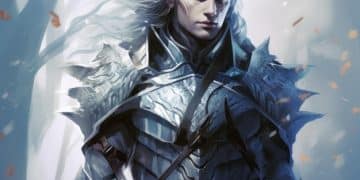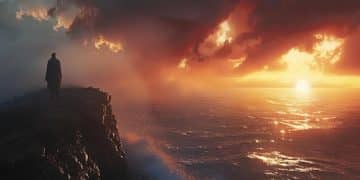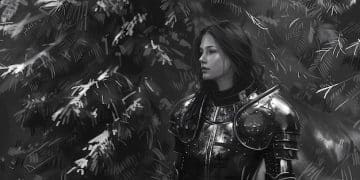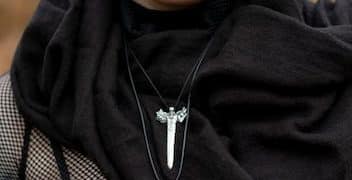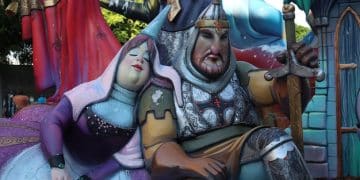The Witcher Art Book: A Deep Dive into Game Development Art
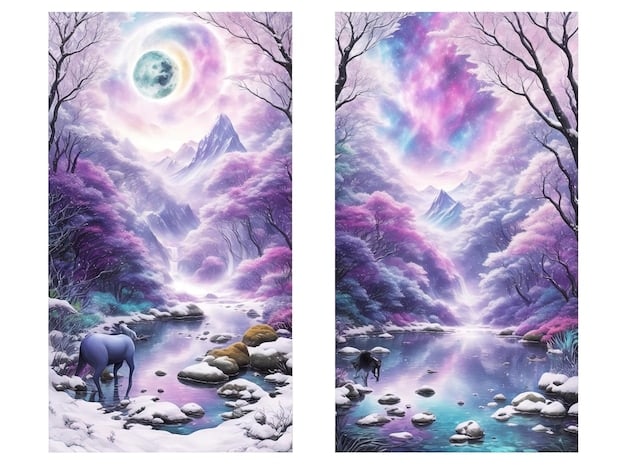
The Witcher Art Book offers a comprehensive behind-the-scenes look at the artistic development of the acclaimed Witcher game series, showcasing concept art, character designs, and environments that bring the rich world of the Witcher to life.
Dive into the visually stunning world of The Witcher with The Witcher Art Book, a treasure trove of concept art, sketches, and designs that showcase the creative process behind the beloved game series.
Explore the Origins of The Witcher’s Visual Style
The Witcher series has captivated players with its engrossing narrative and distinctive aesthetic. The art books dedicated to the series offer a unique opportunity to delve into the creative processes that shaped this visually rich world, providing insights into the development of its characters, environments, and overall artistic style.
These art books are more than just collections of pretty pictures; they are comprehensive guides that reveal the artistic choices and inspirations that brought the world of The Witcher to life. They showcase the evolution of designs, from initial sketches to final renders, allowing fans to appreciate the meticulous attention to detail that went into creating the game’s unique look.
Early Concept Art and Inspiration
The journey of any game begins with concept art, and The Witcher is no exception. The art book delves into the initial concepts that helped define the visual direction of the game. Artists drew inspiration from various sources, including Slavic mythology, historical settings, and fantasy literature, to create a world that feels both familiar and fantastical.
Early concept art provides a glimpse into the initial ideas and experiments that eventually evolved into the recognizable characters and locations in the game. These sketches often show the artists exploring different styles and approaches, highlighting the iterative nature of game development.
Character Design Evolution
The character designs in The Witcher are iconic, from Geralt’s rugged appearance to Yennefer’s elegant attire. The art book showcases the evolution of these character designs, revealing how the artists experimented with different looks and details to create memorable and believable characters.
Through detailed sketches and annotations, the art book sheds light on the thought process behind each character’s appearance, including their clothing, weaponry, and facial features. This level of detail helps to create a cohesive and immersive world that resonates with players.
- Showcasing Initial Sketches: The art book displays the early sketches from artists that defined concept art for characters.
- Clothing and Weaponry Details: Detailed annotations of clothing and weaponry are included to display the different visual styles.
- Evolution of Key Characters: Showcases the changes to key player characters through early and late art.
- The Creation of Believable Characters: The art book shows the depth of the overall creative process of creating characters.
The art book provides a fascinating glimpse into the origins of The Witcher’s visual style, revealing the artistic choices and inspirations that shaped this beloved gaming world. From early concept art to detailed character designs, the book offers a comprehensive look at the creative process behind the game’s unique look, allowing fans to appreciate the meticulous attention to detail that went into its creation.
A Closer Look at Creature and Monster Design
One of the most distinctive elements of The Witcher is its array of terrifying and fascinating monsters. The art book offers a detailed look at the creative process behind these creatures, showcasing the intricate designs and inspirations that brought them to life.
From gruesome ghouls to imposing griffins, each monster in The Witcher is meticulously designed to reflect its lore and behavior. The art book explores the origins of these creatures, revealing how the artists combined elements of folklore, mythology, and their own imaginations to create unique and memorable adversaries.
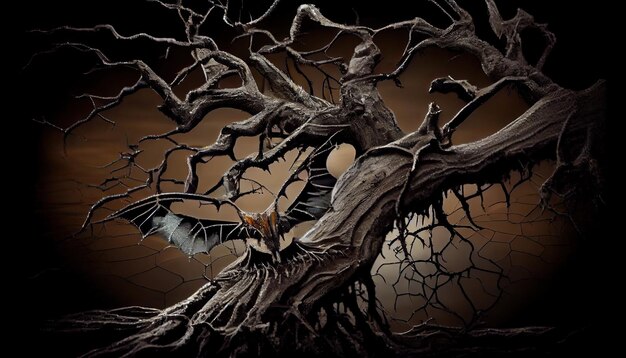
The Role of Mythology and Folklore
Many of The Witcher’s monsters are rooted in Slavic mythology and folklore. The art book delves into these mythological origins, explaining how the artists drew inspiration from traditional tales and legends to create creatures that feel both familiar and terrifying.
By incorporating elements of folklore, the monsters in The Witcher gain a sense of authenticity and depth. This connection to mythology helps to ground the creatures in the game’s world, making them feel like a natural and believable part of the environment.
Bringing Monsters to Life Through Art
The art book showcases the different stages of monster design, from initial sketches to final renders. These images reveal the artistic choices and techniques that the artists used to bring the creatures to life.
The artists paid close attention to every detail, including the monster’s anatomy, texture, and behavior. By carefully crafting these elements, they were able to create creatures that are both visually stunning and deeply unsettling.
- Showcasing Sketches and Renders: The art book displays early sketches and renders from artists of various monsters.
- Analysis of Monster Anatomy: A detailed analysis of specific monsters’ anatomy is also included.
- Depictions of Monster Behavior: Showcases the concept behind depictions of monster behavior.
- Creation of Monsters: A detailed explanation of the depth behind each monster.
Through a combination of artistic skill and a deep understanding of mythology and folklore, the artists behind The Witcher have created a bestiary of creatures that are both terrifying and fascinating. The art book provides a unique glimpse into this creative process, allowing fans to appreciate the meticulous attention to detail that went into bringing these monsters to life.
Environment Design and World-Building
The world of The Witcher is as much a character as Geralt himself. The art book explores the intricate environment designs that create the immersive and believable world that players love to explore.
From the bustling streets of Novigrad to the sprawling forests of Velen, each location in The Witcher is meticulously designed to reflect its unique history, culture, and atmosphere. The art book reveals how the artists used a combination of historical research, architectural influences, and their own imaginations to create a world that feels both familiar and fantastical.
Historical and Architectural Influences
The environments in The Witcher are heavily influenced by historical and architectural elements from medieval and early modern Europe. The art book explores these influences, showcasing how the artists incorporated real-world details into the game’s locations.
By drawing inspiration from historical sources, the artists were able to create environments that feel authentic and lived-in. This attention to detail helps to immerse players in the world of The Witcher, making them feel like they are truly exploring a real place.
Creating Believable Landscapes
The art book also reveals the techniques that the artists used to create believable landscapes. From the rolling hills of Toussaint to the rugged mountains of Skellige, each environment is carefully crafted to evoke a specific mood and atmosphere.
The artists paid close attention to details such as vegetation, terrain, and lighting to create landscapes that feel both beautiful and realistic. This attention to detail helps to make the world of The Witcher feel like a living, breathing entity.
- Historical and Architectural Influences: An in-depth analysis of the historical and architectural influences that impacted the designs.
- Terrain and Vegetation Details: Terrain, foliage, and lighting are all analyzed and explored in the art book.
- Detailed Annotations: A study of different character’s annotations are also included.
- Realistic Landscape Creation Techniques: Creation techniques are explored.
The environment designs in The Witcher are a testament to the creative vision and artistic skill of the development team. The art book provides a unique glimpse into this process, allowing fans to appreciate the meticulous attention to detail that went into creating the immersive and believable world of The Witcher.
The Art of Storytelling Through Visuals
The Witcher is not only a game; it’s also a story. The **art** book showcases how visuals are used to enhance storytelling and create a more immersive experience for players.
The visual elements of The Witcher, including character designs, environment art, and special effects, work together to create a cohesive narrative that complements the game’s plot and dialogue. The art book explores how these visual elements are used to convey meaning, emotion, and atmosphere, helping to deepen the player’s connection to the world and its characters.
Using Color and Lighting to Set the Mood
Color and lighting play a crucial role in setting the mood and atmosphere of The Witcher. The art book examines how the artists used these elements to create a range of emotions, from the warmth and vibrancy of Toussaint to the darkness and despair of Velen.
By carefully controlling the color palette and lighting conditions, the artists were able to guide the player’s emotions and enhance their immersion in the game’s world. The art book reveals the specific techniques that they used to achieve these effects.
Character Design as Storytelling
Character designs are not just about aesthetics; they also play a vital role in telling the character’s story. The art book explores how the artists used visual details, such as clothing, weaponry, and facial features, to convey information about the character’s background, personality, and motivations.
By paying close attention to these details, the artists were able to create characters that feel believable and relatable, helping to deepen the player’s connection to the game’s narrative.
- Color Palettes and Lighting: The different color palettes and lighting techniques used for each character are showcased, along with their reasoning.
- Analysis of Character and Story: Each character is analyzed and showcased.
- Visual Elements and Gameplay: The art book also touches upon the gameplay aspect and the overall visual experience.
- Techniques Used: Specific techniques used for each unique encounter are explored.
The visuals in The Witcher are not just decorative; they are an integral part of the game’s storytelling. The art book reveals how the artists used visual elements to enhance the narrative, create a more immersive experience, and deepen the player’s connection to the world and its characters.
The Role of Art in Game Development
Art is an essential component of game development, shaping the look, feel, and overall experience of the game. The art book highlights the crucial role that art plays in bringing The Witcher to life, from initial concept sketches to final in-game assets.
The artists behind The Witcher worked closely with designers, writers, and programmers to create a cohesive and immersive world that supports the game’s narrative and gameplay. The art book explores this collaborative process, revealing how the artists contributed to every aspect of the game’s development.
Collaboration Between Artists and Designers
The artists and designers worked together to create environments that are both visually stunning and gameplay-friendly. The art book reveals how they balanced aesthetic considerations with practical concerns, such as navigation, combat, and exploration.
By working closely together, the artists and designers were able to create a world that is both beautiful and functional, enhancing the player’s overall experience.
The Art Pipeline
The art book also provides an overview of the art pipeline, from initial concept sketches to final in-game assets. This process involves multiple stages, including sketching, modeling, texturing, and animation.
By understanding the art pipeline, fans can gain a deeper appreciation for the amount of work and skill that goes into creating a video game. The art book reveals the specific tools and techniques that the artists used to create the visuals in The Witcher.
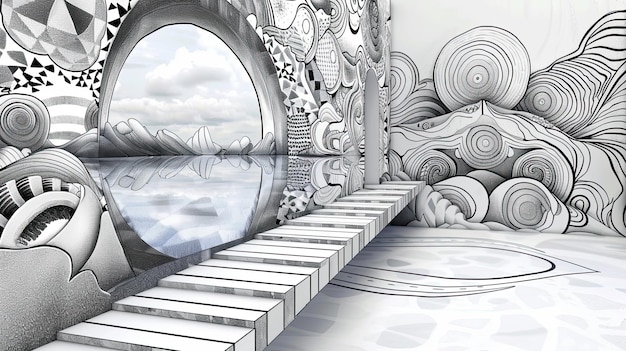
- Analysis of Designer and Artist Cooperation: A collaborative approach between artist and designer is analyzed.
- Insight Into Art Pipeline: Insight into the stages of the art pipeline from start to finish are provided.
- Techniques and Software: Artists’ software and techniques are showcased.
- Workload Distribution: Workload distribution between different artists is visualized.
Art is a critical element of game development, shaping the look, feel, and overall experience of the game. The art book highlights the crucial role that art played in bringing The Witcher to life, from initial concept sketches to final in-game assets. By exploring the collaborative process between artists and designers, as well as the art pipeline, fans can gain a deeper appreciation for the amount of work and skill that goes into creating a video game.
Collecting The Witcher Art Books: What to Expect
For fans of The Witcher, collecting the art books is a way to own a piece of the game’s history and appreciate the artistry that went into its creation. The Witcher art books offer a treasure trove of visual content, providing a unique glimpse into the creative process behind the beloved game series.
Collecting these art books can be a rewarding experience, allowing fans to delve deeper into the game’s lore and visual style. Whether you’re a seasoned collector or a casual fan, there’s something for everyone to enjoy in The Witcher art books.
Variations in Editions and Content
Different editions of The Witcher art books may contain varying content, such as exclusive artwork, behind-the-scenes commentary, and bonus materials. Collectors should be aware of these variations when seeking out specific art books.
Some editions may be limited in quantity, making them more valuable and sought after by collectors. Understanding these variations can help you make informed decisions about which art books to add to your collection.
Preserving and Showcasing Your Collection
To maintain the value and condition of your The Witcher art book collection, it’s essential to take proper care of them. Store the books in a cool, dry place away from direct sunlight to prevent fading and damage.
Consider using protective sleeves or covers to protect the books from dust and scratches. When showcasing your collection, use shelves or display cases that provide adequate support and protection.
- Differences Through Editions: Collectors should study and note the main differences between all editions for an increased chance of future value.
- Preservation Techniques: Preservation techniques and methods for The Witcher art books should be researched and applied.
- Showcasing Visual Style: Different showcasing methods are explored and their overall effectiveness studied.
Collecting The Witcher art books is a rewarding way to own a piece of the game’s history and appreciate the artistry that went into its creation. By being aware of the variations in editions and content, as well as taking proper care of your collection, you can enjoy these art books for years to come.
| Key Point | Brief Description |
|---|---|
| 🎨 Visual Style Origins | Exploration of the artistic development that shaped the game’s distinctive look. |
| 👹 Monster Design | Intricate designs and mythological inspirations of the creatures in The Witcher. |
| 🏞️ Environment Design | Analysis of the landscapes. |
| 🖼️ Art’s Role | Insight into different art pipelines. |
Frequently Asked Questions (FAQ)
▼
The Witcher Art Book is a collection showcasing the artistic development behind The Witcher game series, featuring concept art, character designs, and environments. It offers a behind-the-scenes look into the creative process.
▼
The art book includes a wide range of artwork, such as concept sketches, early character designs, detailed environment illustrations, and monster designs. The images showcase the evolution of the game’s visual elements.
▼
The content may vary depending on the specific edition of the art book. Some editions focus on a particular game in the series. It is best to check the book’s description from that specific publisher for clarification.
▼
Yes, The Witcher Art Book is suitable for anyone who appreciates art and is interested in the creative process behind game development. It’s not just for artists; it’s also for fans of The Witcher series.
▼
You can find The Witcher Art Book at major bookstores, online retailers like Amazon, and specialty comic and game stores. It is also available through CD Projekt Red’s official merchandise channels.
Conclusion
The Witcher Art Book serves as a mesmerizing journey into the visual artistry of The Witcher game series. It appeals to fans, artists, and game developers as it offers an extensive behind-the-scenes look at the creative processes that shaped its unforgettable world. Whether you want to deepen your understanding or simply appreciate the visual splendor, this art book is a rich and rewarding experience.
